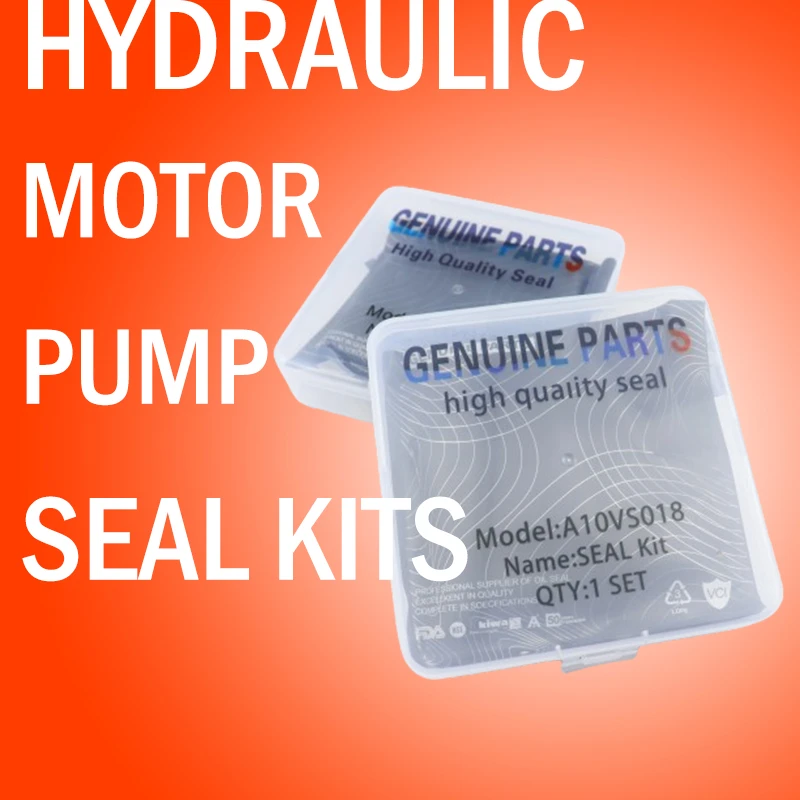नोभ . 27, 2024 18:08 Back to list
Hydraulic Seal Kit Options for Improved Performance and Reliability in Machinery
Understanding Hydraulic Seal Kits A Comprehensive Guide
Hydraulic systems are pivotal in various industries, including construction, manufacturing, and automotive, as they rely on the power of fluids to operate machinery and equipment. A critical component of these systems is the hydraulic seal kit, which plays a fundamental role in ensuring efficiency and reliability. This article delves into the significance, components, and maintenance of hydraulic seal kits.
What is a Hydraulic Seal Kit?
A hydraulic seal kit is a collection of seals and other related components designed to prevent fluid leakage within hydraulic systems. These kits are tailored for specific applications and come in various sizes and configurations, catering to different machinery and equipment types. The seals within the kit can be made from various materials, including rubber, polyurethane, and PTFE, each engineered to withstand specific pressures and temperatures.
Importance of Hydraulic Seal Kits
The integrity of hydraulic systems relies heavily on the functionality of the seals
. Here are a few reasons why hydraulic seal kits are indispensable1. Prevention of Fluid Leaks One of the primary functions of hydraulic seals is to contain hydraulic fluid within the system. Any leak can reduce efficiency, create environmental hazards, and lead to costly repairs.
2. Maintaining System Pressure Hydraulic systems operate under high pressure, and the seals are designed to ensure that this pressure is maintained. Inadequate sealing can result in a drop in performance and could even lead to system failure.
3. Protection against Contaminants Hydraulic systems can be vulnerable to contamination from dirt, dust, and other particles. Seals help protect the hydraulic fluid from external contaminants, ensuring that the system operates smoothly and prolonging its lifespan.
4. Enhancing Operational Efficiency By preventing leaks and maintaining pressure, hydraulic seal kits contribute to the overall efficiency of the system. This efficiency can lead to reduced energy consumption, which is cost-effective in the long run.
Components of a Hydraulic Seal Kit
A typical hydraulic seal kit comprises several components, including
hydraulic seal kit

- O-Rings These are circular seals that prevent leakage between static and dynamic surfaces. - Gaskets Used to seal larger joints and prevent fluid leakage between two mating surfaces. - Rod Seals These prevent fluid from leaking along the piston rod, crucial for maintaining the pressure and preventing contamination. - Piston Seals These seals sit between the piston and the cylinder wall, providing a dependable barrier against fluid loss. - Back-Up Rings These are used in conjunction with O-rings and seals to prevent extrusion and enhance resilience under high-pressure conditions.
Choosing the Right Hydraulic Seal Kit
Selecting the right hydraulic seal kit is crucial for optimal performance. Here are some key considerations
1. Compatibility Ensure that the seal kit is compatible with your specific hydraulic system and the materials used within it.
2. Pressure and Temperature Ratings Different applications require seals that can withstand varying levels of pressure and temperature. Always check these ratings to prevent premature seal failure.
3. Material Properties The choice of material significantly affects the seals' performance. For instance, rubber might be suitable for low-pressure applications while PTFE is better for high-pressure or high-temperature environments.
4. Quality Assurance Opt for kits from reputable manufacturers to ensure that you are receiving high-quality, durable seals.
Maintenance and Replacement
Regular maintenance of hydraulic seals is vital for ensuring the longevity of your hydraulic system. Inspect seals for wear and tear, and replace them as necessary. Signs of damage can include leaks, unusual noises, or a decrease in system performance. Keeping a close eye on these aspects can prevent larger issues from arising in the future.
Conclusion
Hydraulic seal kits are essential components in hydraulic systems, ensuring efficient operation by preventing leaks and protecting against contaminants. By understanding their importance, components, and maintenance requirements, professionals can significantly enhance the performance and reliability of their hydraulic machinery. Investing in quality seal kits and conducting regular maintenance will ultimately lead to cost savings and increased productivity in any hydraulic-dependent operation.
-
The Trans-formative Journey of Wheel Hub Oil Seals
NewsJun.06,2025
-
Graphene-Enhanced Oil Seals: Revolutionizing High-Pressure Oil Sealing
NewsJun.06,2025
-
Future of Hydraulic Sealing: Advanced Intelligent TCN Oil Seals
NewsJun.06,2025
-
Don’t Let a Broken TCV Oil Seal Ruin Your Day
NewsJun.06,2025
-
Bio-Inspired Dust Seals for Better Sealing Performance
NewsJun.06,2025
-
Biodegradable and Sustainable Hydraulic Seal Materials
NewsJun.06,2025
-
Top Oil Seal Solutions for Your Industrial Needs
NewsMay.22,2025
Products categories
















